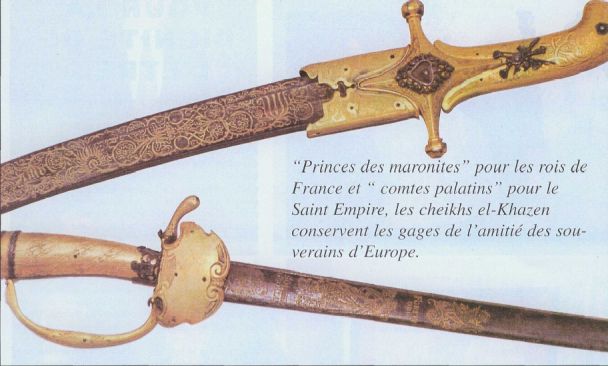By EDITH M. LEDERER, Associated Press Writer
UNITED NATIONS – The U.S. ambassador to the United Nations said Friday a new Security Council resolution is  needed to force Syria "to come out of denial" and recognize Lebanon’s independence by establishing diplomatic relations and setting their border.
needed to force Syria "to come out of denial" and recognize Lebanon’s independence by establishing diplomatic relations and setting their border.
The United States, France and Britain formally introduced the draft resolution Friday in the Security Council. But it faces opposition from Russia, China and other members who say it is not needed and would constitute U.N. interference in bilateral Lebanese-Syrian relations.
U.S. Ambassador John Bolton agreed the Security Council should not be involved in their bilateral relations. "But that’s not the issue here," he said. "The question between Syria and Lebanon involves the decades-long occupation of one country by the other, continued meddling in the internal affairs of Lebanon by Syria, and therefore questions of the extension of diplomatic relations here are critical to breaking through the denial that apparently still grips Lebanon."
 KUWAIT CITY – Syria’s foreign minister said Friday the U.N. Security Council’s involvement in Syria and Lebanon may impede attempts to improve relations between the two countries.
KUWAIT CITY – Syria’s foreign minister said Friday the U.N. Security Council’s involvement in Syria and Lebanon may impede attempts to improve relations between the two countries. 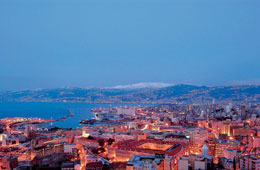 Financial times,
Financial times, 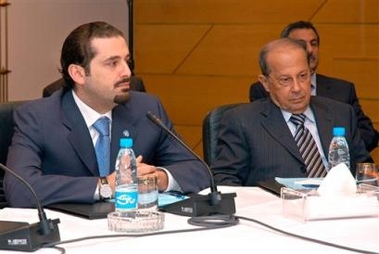 By Lin Noueihed , BEIRUT (Reuters) – Rival politicians resumed talks on Friday to end Lebanon’s political crisis but were unlikely to decide to dismiss the president or agree on the fate of Hizbollah’s weapons. The "national dialogue" conference, the first top-level political gathering since Lebanon’s 1975-1990 civil war, was adjourned on April 3 with a promise to lay to rest a dispute over whether Emile Lahoud should stay or go.
By Lin Noueihed , BEIRUT (Reuters) – Rival politicians resumed talks on Friday to end Lebanon’s political crisis but were unlikely to decide to dismiss the president or agree on the fate of Hizbollah’s weapons. The "national dialogue" conference, the first top-level political gathering since Lebanon’s 1975-1990 civil war, was adjourned on April 3 with a promise to lay to rest a dispute over whether Emile Lahoud should stay or go. 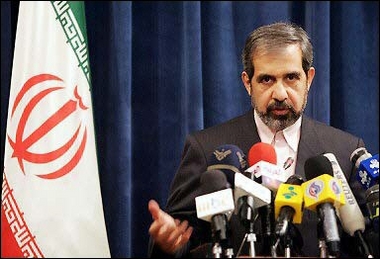 By Bill Samii, Iranian involvement in Lebanese affairs has been an issue since the early 1980s, and it came in for renewed attention last week. On April 18, a United Nations report urged Tehran to cooperate to resolve Lebanese issues. Washington’s ambassador to the UN has welcomed the spotlight on Iran’s involvement in Lebanon, while an outspoken Lebanese politician has been decrying this problem for some time.
By Bill Samii, Iranian involvement in Lebanese affairs has been an issue since the early 1980s, and it came in for renewed attention last week. On April 18, a United Nations report urged Tehran to cooperate to resolve Lebanese issues. Washington’s ambassador to the UN has welcomed the spotlight on Iran’s involvement in Lebanon, while an outspoken Lebanese politician has been decrying this problem for some time.
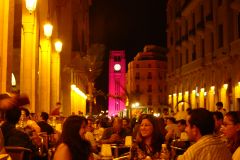 By Alaa Shahine, BEIRUT (Reuters) – The young, pretty actress appears before a capacity crowd at a Beirut theater and says she was forced to shave her pubic hair to please her husband in bed after finding out he was cheating on her. "My husband hates the hair. He thinks it is filthy and disgusting and forced me to remove it … and when I stopped shaving he had an affair with another woman," she says.
By Alaa Shahine, BEIRUT (Reuters) – The young, pretty actress appears before a capacity crowd at a Beirut theater and says she was forced to shave her pubic hair to please her husband in bed after finding out he was cheating on her. "My husband hates the hair. He thinks it is filthy and disgusting and forced me to remove it … and when I stopped shaving he had an affair with another woman," she says. 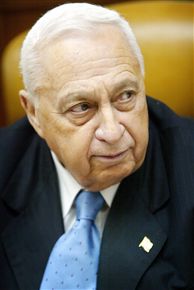
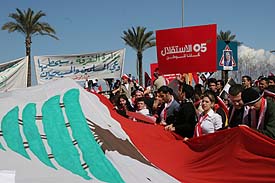 By: Khaldoon Al-Saee,
By: Khaldoon Al-Saee, 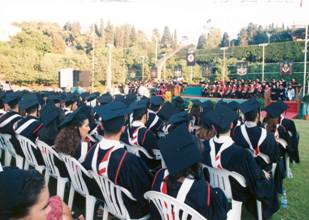 BEIRUT, 17 April (IRIN) – "I left school when I was only 11," said 38 year-old Ihsan. "My mother became ill, and
BEIRUT, 17 April (IRIN) – "I left school when I was only 11," said 38 year-old Ihsan. "My mother became ill, and 